Shop easy with Mastercard
Enjoy free payments worldwide with your N26 Mastercard. Pay securely with a tap, set spending limits, and stay up to date with push notifications.Open Bank Account
Add a sparkle to your wallet
Make your finances more festive. Choose from four limited-edition virtual cards* — here only until Dec 31!
Open bank account
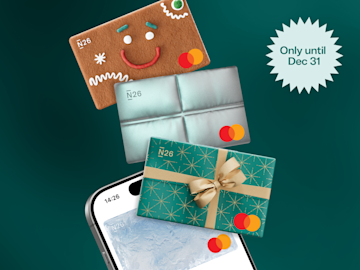
Pick a card, any card
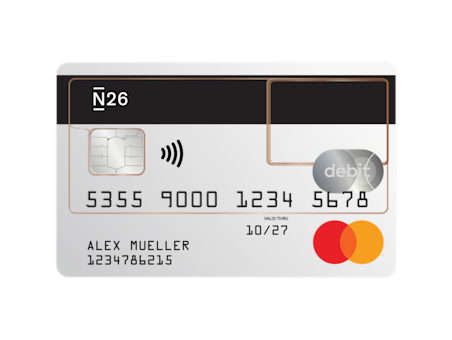
N26 Standard
Get a virtual card for free and physical card for €10.
Learn more
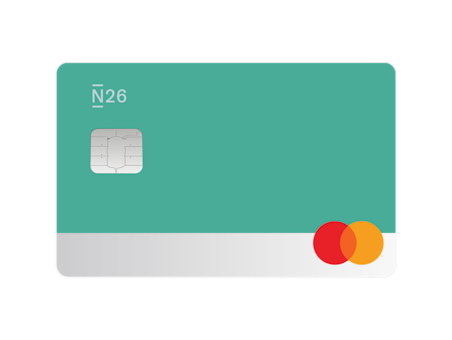
N26 Smart and Go
Choose from six colors and up to 6 virtual cards.
Learn more
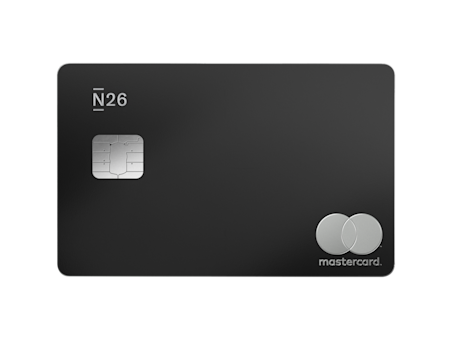
N26 Metal
Choose from three 18-gram metal cards.
Learn more
Mastercard makes travel simple
Make fee-free card payments worldwide. Get unlimited global ATM withdrawals with N26 Go and Metal.
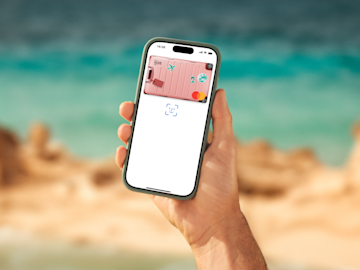
Smile-worthy virtual cards
Customize how you bank with up to six virtual cards — link them to any of your Spaces sub-accounts.
Open bank account
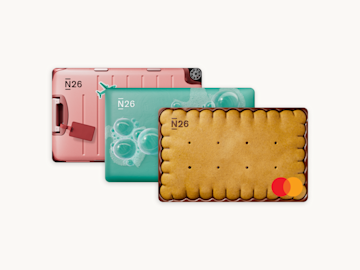
The safe, speedy way to pay
Mastercard Click to Pay lets you check out online without having to enter your details each time.

Security at N26
Stay secure while you shop
Mastercard does an Identity Check at checkout for an added layer of security.
Pay with a tap
With NFC technology, shop in stores and online securely, quickly, and contactlessly.
Never miss a beat
Real-time notifications after every transaction let you know what's going on in your account.
A control center in your app
Lock your card, set spending limits, change your PIN, and enable or disable transaction types.
*The new limited-edition festive virtual cards can be activated at no extra cost. Up to six virtual cards can be activated at one time.
There is no account management fee for N26 Standard. For other plans, a fee could apply. The current fees can be found in the List of Prices and Services.
FAQ
All N26 bank cards are Mastercard debit cards that allow you to shop or withdraw money anywhere in the world. Add your card to Apple Pay or Google Pay to seamlessly check out — right from your phone.
Maestro cards can only be used as debit cards. A Mastercard, on the other hand, can be issued as a debit card or as a credit card, where card purchases are billed at the end of the month.
If you have an N26 Smart, Go, or Metal plan, your N26 Mastercard is included with your plan for free. The N26 Standard plan comes with a free virtual Mastercard, and a physical card can be ordered for a one-off €10 delivery fee.
All plans come with one virtual card. With N26 Standard you can purchase up to 6 additional virtual cards for €2.59 each. N26 Smart, Go, and Metal plans include up to 6 virtual cards at no extra cost.